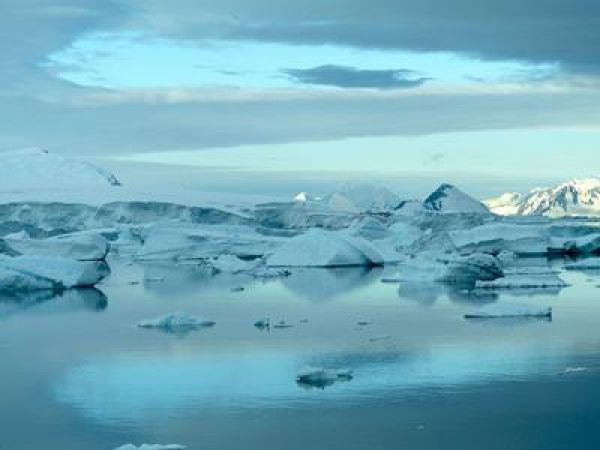Their findings show that, contrary to existing assumptions, biological processes far out at sea are the most important factors determining how the ocean absorbs carbon dioxide. Carbon dioxide is absorbed in the surface ocean and stored in the deep seas over a timescale of hundreds to thousands of years.
The Southern Ocean plays a critical role in how this carbon dioxide is taken out of the atmosphere and knowing how it functions helps scientists understand dramatic climate transitions in the past, such as the ice ages, and better predict future climate change. It is commonly thought that the transformation of the water from light to dense - caused by cooling at the ocean’s surface - is crucial in determining whether carbon is released to the atmosphere or trapped in the deep ocean. As a result, current research is often focused on the shallow seas right next to the Antarctic continent, where most of this transformation takes place.
The team, led by the University of Southampton with British Antarctic Survey, University of East Anglia and the Alfred Wegener Institute in Germany, studied the ocean circulation and carbon concentration of the Weddell Gyre, a region of critical importance for carbon removal from the atmosphere lying east of the Antarctic Peninsula. They studied data collected as part of the ANDREX project (Antarctic Deep water Rates of Export) which measured the physical, biological and chemical properties of the water of the waters in the gyre between 2008 and 2010.
Continue reading at University of Southampton
Image via Mike Meredith, British Antarctic Survey


